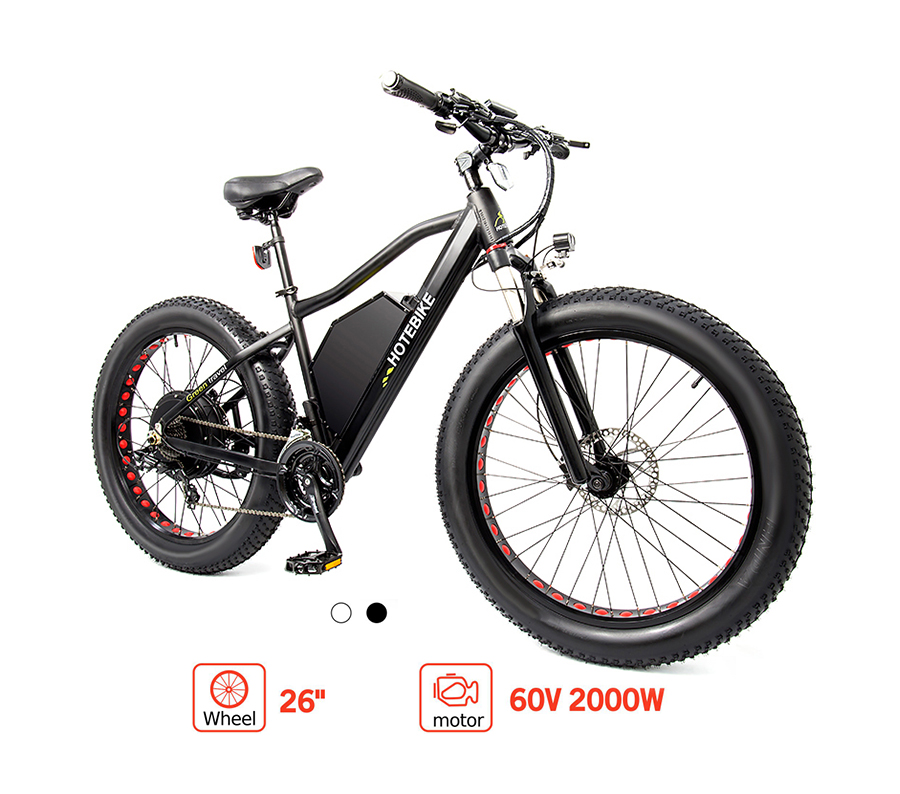A suspension fork is one of the most noticeable and worthy upgrades you can make to your mountain bike. A higher quality fork will be able to deal with more difficult terrain, remaining composed on the trail and keeping your wheel in contact with the ground. This gives more grip, and therefore a more confidence inspiring ride. Today, I would love to show you how to choose a fork and how to maintain it. Thank you for your support.
The composition of the suspension fork
A common shock absorber front fork is composed of an upper tube (rudder tube), front fork shoulder, shoulder cover, stroke tube (inner tube), and front fork tube (outer tube). ), fork foot, brake seat and other parts.
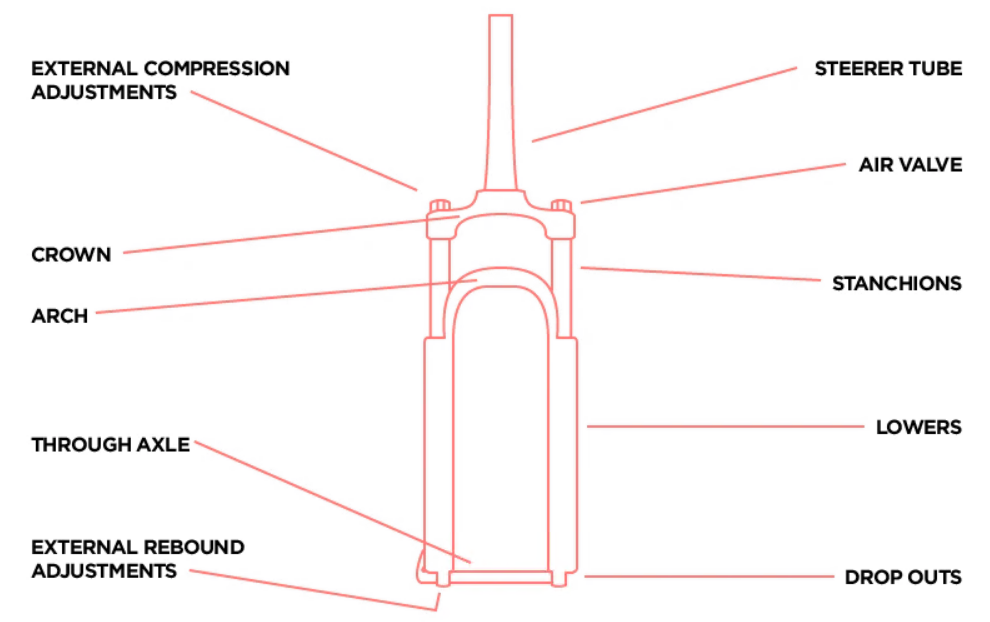
Classification of suspension forks
The obvious shock absorber is its essential function. When riding under the action of gravity and resistance, the suspension fork is compressed to the extreme, and then rebounds and repeats this action during the riding. It greatly reduces unnecessary bumps, provides a more comfortable riding experience, and has the effect of avoiding injuries and overturning. Now let’s take a look at the medium of the important part of the suspension fork-the suspension medium. They can be roughly divided into: MCU front fork, spring front fork, oil spring front fork, oil-air front fork and dual-air front fork.
MCU fork
Earlier, it was often used as a shock absorber for mountain bikes, but now it is rare. UniGlue is made of polyurethane material with light weight, simple structure and relatively low maintenance requirements. However, due to the continuous increase in forklift trips in recent years, MCU has to withdraw from the market due to its own shortcomings. Because this material needs to be piled high to achieve the long-stroke shock absorption effect, it is incomparable with springs and gas forks.
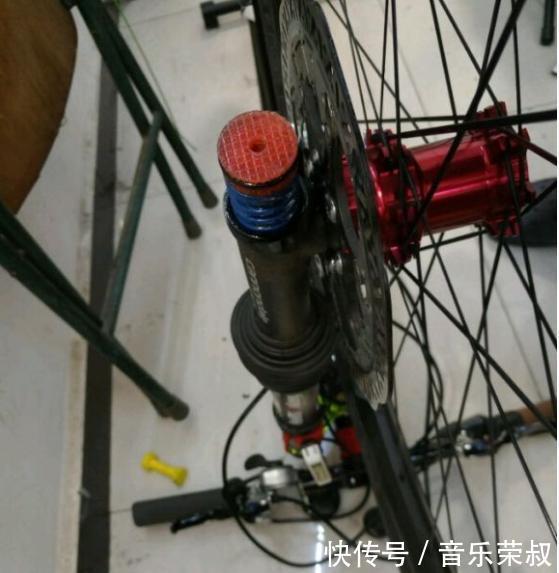
Spring fork
The spring front fork uses a spring as a shock-absorbing medium. Its structure is simple. Generally, there are springs on one side of the front fork or springs on both sides. Generally, the former are mostly. This kind of front fork has low cost and low price. It generally has a soft and hard adjustment function, through the compression of the spring to obtain different soft and hard, while losing a certain stroke. The nominal 80mm front fork will lose approximately 20mm of travel when adjusted to the hardest condition.
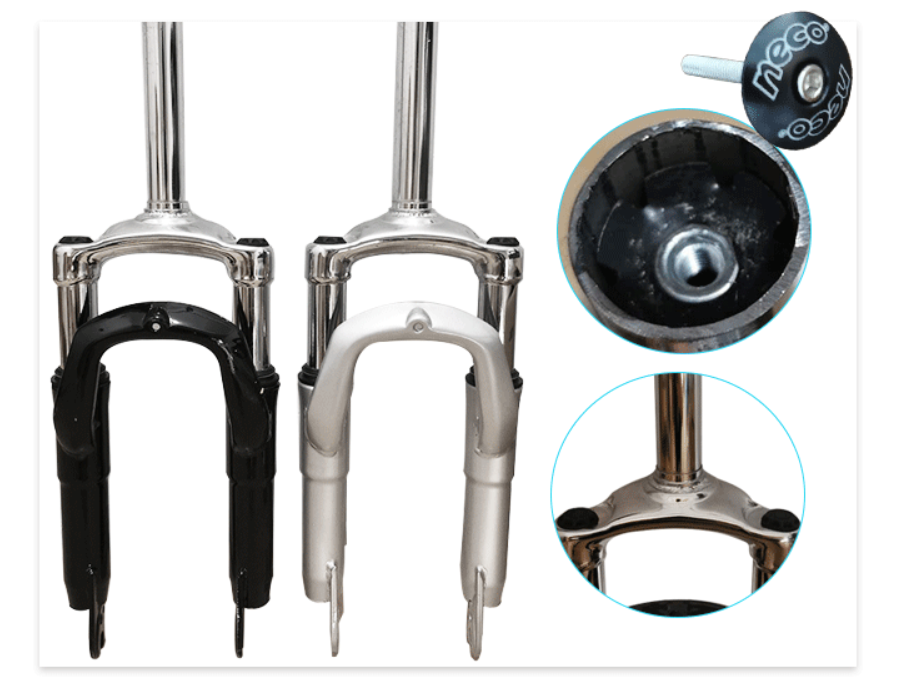
Oil spring fork
The word should be understood separately: oil resistance + spring. This type of front fork is based on a spring front fork with oil damping added on the other side of the spring. Oil damping uses oil to adjust the speed of spring rebound. This kind of front fork generally has rebound adjustment function, locking function, and part of the stroke adjustment function on the basis of adjusting soft and hard. The price of this product varies greatly, but it can reach 5 times the price of a spring fork. Under normal circumstances, this kind of front fork has no advantage in weight, but the locking function can show greater advantages in leveling and climbing.
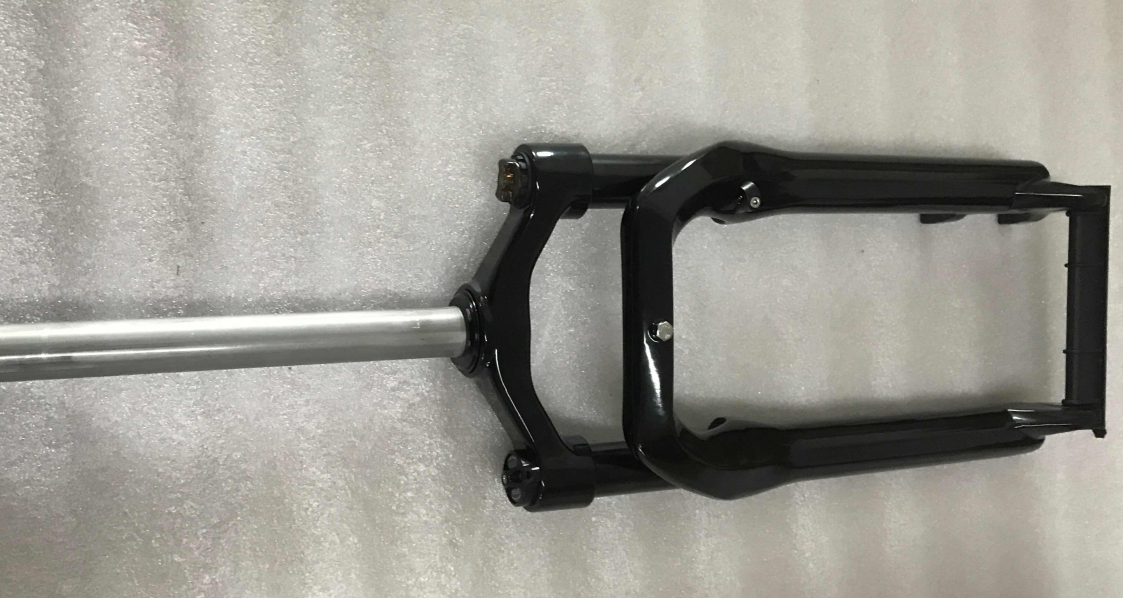
Oil and air fork
This is similar to the oil spring fork above, except that air pressure is used instead of spring as the damping medium. Adjust the softness and hardness by pumping air. Generally speaking, for riders of different weights, the corresponding air pressure values will be different. Because this type of front fork uses air instead of springs, the weight can be lighter, generally under 1.8kg. But relatively speaking, the price is higher. This fork also has rebound and locking functions.
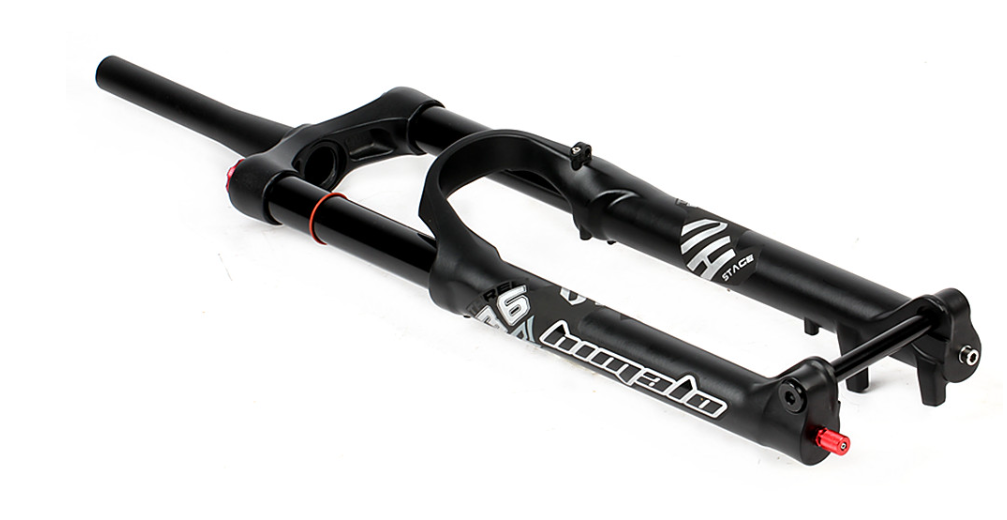
Double air front fork
The dual-air front fork uses a negative air chamber instead of a negative pressure spring, and the softness (rebound speed) of the front fork can be adjusted by adjusting the air pressure of the negative air chamber and the positive air chamber. This is a high-end product. The effect of adjusting the hardness of the front fork with dual air chambers will be better. The weight is relatively light, weighing about 1.6KG. But the average price will be higher than the previous ones.
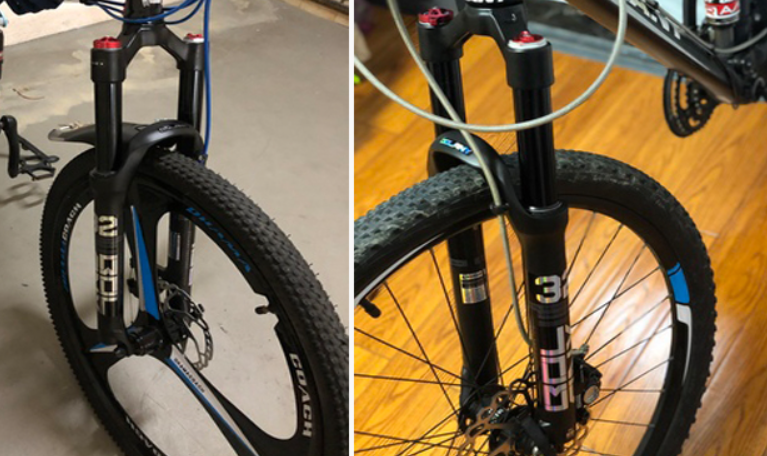
Fork Travel
Looking at the front fork specifications, everyone first looks at travel, not to mention cheap front forks, the better XC cross-country front forks on the market, most of which have at least 70mm of travel, and then 80-120mm suspension travel This type of front fork is used by the so-called Freeride riding method in Europe and the United States. It can be used in any terrain, even those that do not require braking, and rush down some steep cliff-like slopes. The limit travel of the suspension fork is about 160-180mm. These super heavy forks are generally used for Downhill downhill races.
For hotebike mountain bikes, based on quality and economic reasons, the basic model chooses medium-quality oil spring forks for you, and our oil spring forks rank well in the quality ranking of oil spring forks. Aluminum alloy front fork with lock, 110mm travel front fork. But if you want to upgrade them, please feel free to contact us, we can provide you with customization or upgrades. hotebike website: www.hotebike.com
Maintainance
No matter what fork is used, keep the inner tube clean. The front fork equipped with a protective sleeve should be installed. Don’t remove the protective sleeve for being cool, otherwise the sand and impurities will run in and the front fork will have to be taken apart and washed. After using the front fork for a period of time, it should be greased or disassembled for cleaning and lubrication. When washing the car, you should also pay attention to check the front fork bowl, shoulder cover, near the brake reinforcement plate, the hook and the lower tube near the disc brake. These are the places where cracks are usually easy to appear. After choosing the shock absorber front fork, pay attention to the maintenance, and you can enjoy the ride only when you go out to play, and enjoy the interest of off-road with peace of mind. ; The maintenance of the front fork can be said to be as important as the chain. If it is not properly maintained, it will reach the service life in advance, and it will become more and more hardened, and gradually lose its necessary comfort.
The rubber sheath is a very effective protective layer on the shock absorber column. However, you must fold it up every time you clean it, then polish the front fork telescopic column with a rag, and regularly check whether the shock absorber column is damaged. 2 Apply oil to the shrink column After each maintenance, put a few drops of lubricating oil or coat a thin layer of grease on the telescopic column to ensure that the suspension column stays in perfect condition for a long time. 3 Disassembly of shock absorbers Different forms of shock absorbers have different dismantling methods. All suspension forks have fixing screws, some on the outside and some on the inside. As for the pneumatic suspension fork, you must If the air is extinguished, please be sure to read the instructions provided with the shock absorber to understand that its internal structure is being disassembled. 4 Clean the inside of the shock absorber. Wipe off all the dirt accumulated in the shock absorber with a rag. Remember, do not use any solvents, otherwise it will cause damage to the shock absorber. At the same time, check whether there is any damage inside. 5 Oiling Apply a thin layer of grease to the suspension column. A good front fork oil should have the characteristics of not corroding the inner wall Teflon coating. In addition, oil the elastic device (MCU) It is of no use, but oiling the suspension spring can prevent it from making noise. 6 When reinstalling the shock absorber, do not tighten the screws too tightly. Wipe off the extra grease and put the dust cover back in place. 7 Adjust the air pressure of the suspension forks. Some suspension forks (SID) should be checked for pressure at least 3 to 4 times a year. Never use an air compressor to inflate! The internal capacity of a front fork is limited, and the internal components will be scrapped when inflated with a pneumatic machine.
 hotebike
hotebike
